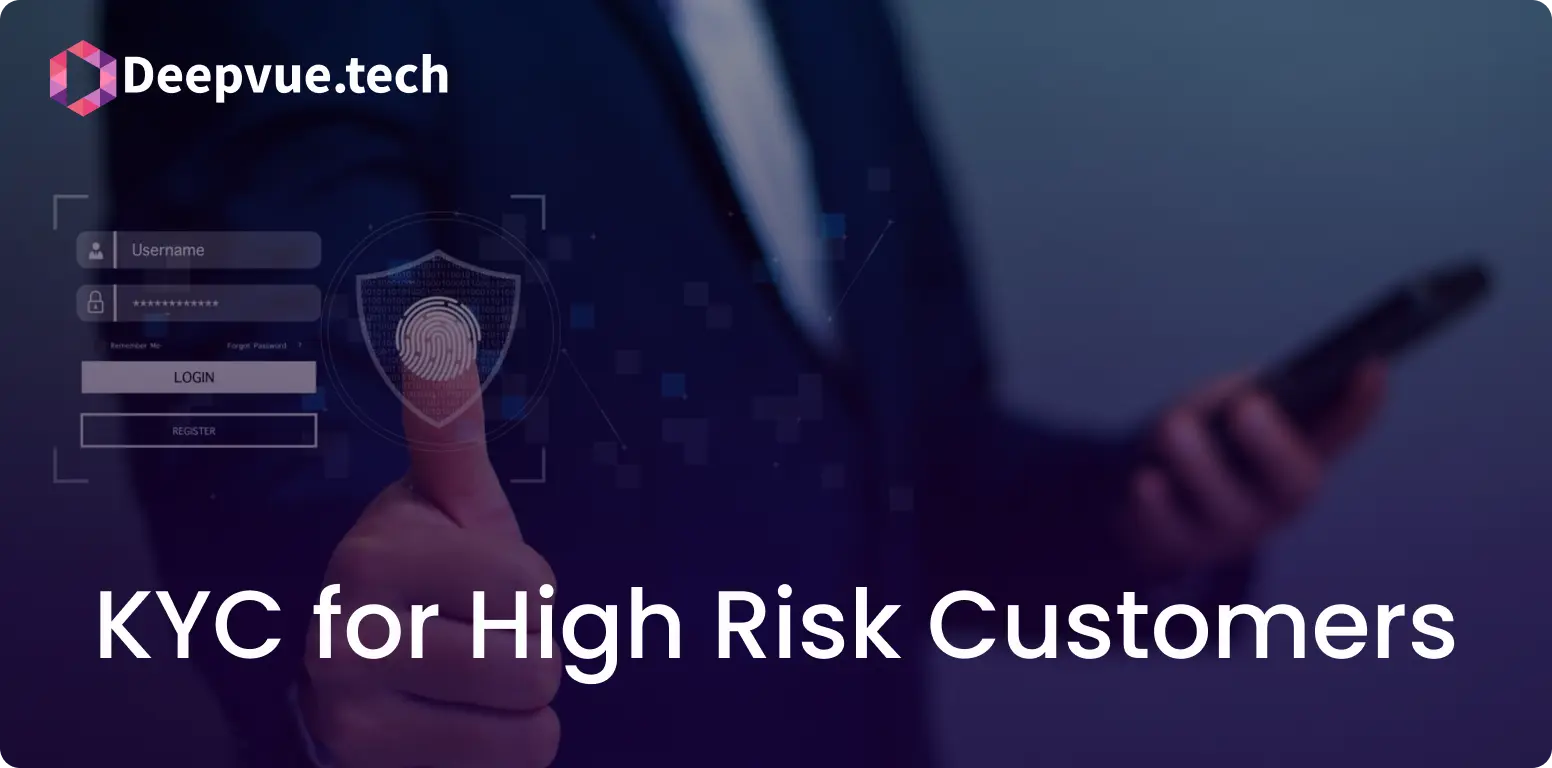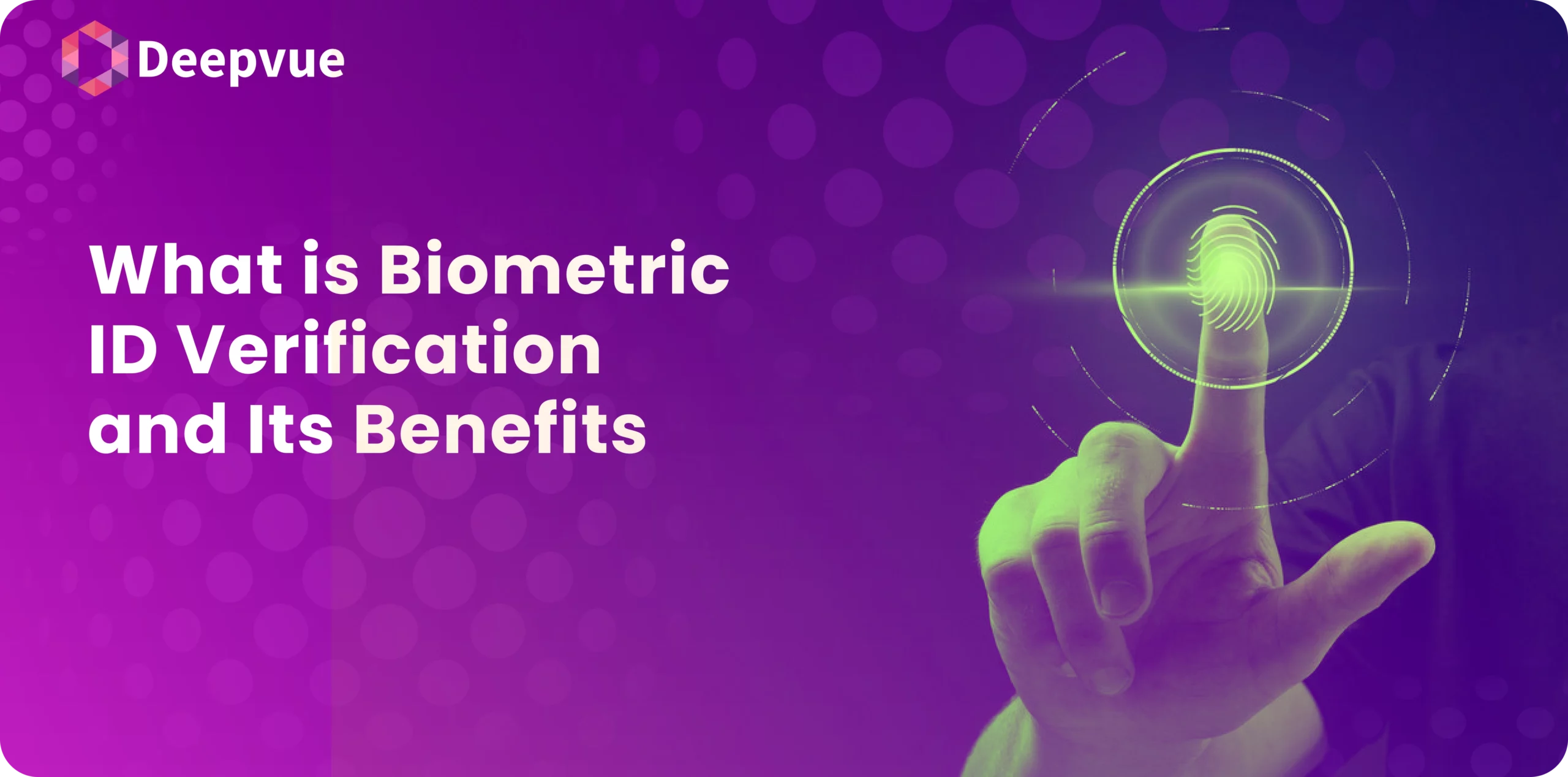Understanding and managing customer risk is crucial to prevent fraud, money laundering, and other illicit activities in the current financial landscape. This blog will help you understand the complexities of KYC for high-risk individuals and businesses, providing you with practical insights and strategies to enhance your compliance measures.
What Defines a High-Risk Customer?
Identifying high-risk customers is one of the most critical steps in the KYC process. But what makes a customer “high risk”? Generally, these customers possess characteristics or engage in behaviors that show a higher potential for financial crimes. Key factors include:
- Country of Origin: Customers from countries with high corruption or insufficient anti-money laundering (AML) regulations are often deemed high risk.
- Occupation: Certain industries, such as gambling, arms manufacturing, and real estate, are more susceptible to money laundering and fraud.
- Transaction Patterns: Unusual transaction behaviors, such as large or frequent international transfers, can signal higher risk.
- Political Exposure: Politically exposed persons (PEPs) and their associates are considered high risk due to their potential involvement in corruption.
By understanding these factors, financial institutions can better identify high-risk customers and apply the necessary measures to reduce associated risks.
Types of High-Risk Customers in Banking
In the banking sector, high-risk customers can be categorized into these groups:
- Politically Exposed Persons (PEPs): Individuals who hold or have held prominent public positions, such as government officials, senior executives of state-owned enterprises, and their close associates, due to their higher risk of involvement in corruption.
- Customers from High-Risk Countries: Those residing in or conducting business with countries known for high levels of corruption, terrorism financing, or weak AML regulations.
- High Net Worth Individuals: Wealthy individuals whose financial activities may involve complex transactions that require closer scrutiny to detect potential money laundering.
- Businesses in High-Risk Industries: Companies operating in sectors like gambling, arms dealing, real estate, and non-profit organizations, which are more vulnerable to financial crimes.
- Customers with Unusual Transaction Patterns: Those whose transaction behaviors significantly deviate from the norm, such as frequent large transfers or complex international transactions.
How to Detect High-Risk Customers in Banking
Here are key strategies to detect high-risk customers in Banking:
- Risk-Based Customer Profiling: Create detailed profiles based on the customer’s background, industry, and transaction history to identify potential high-risk indicators.
- Enhanced Due Diligence (EDD): Apply more stringent checks for high-risk customers, including verifying the source of funds and conducting thorough background checks.
- Transaction Monitoring Systems: Use advanced software to monitor transactions in real-time, flagging unusual activities for further investigation.
- Regular Risk Assessments: Conduct periodic reviews of customer risk profiles to capture any changes in their risk level or behavior.
- Employee Training: Ensure staff are well-trained to recognize signs of high-risk activities and understand the procedures for reporting suspicious behavior.

Enhanced Due Diligence (EDD) for High-Risk Customers
For high-risk customers, standard KYC measures are not enough. Enhanced Due Diligence (EDD) involves a more rigorous verification process to ensure a comprehensive understanding of the customer’s risk profile. EDD includes:
Source of Wealth Verification
Checking the source of the customer’s wealth helps identify potential red flags.
Ongoing Monitoring
Continuously tracking customer transactions to detect any deviations from normal behavior.
Enhanced Background Checks
Conducting thorough investigations of the customer’s history and associations.
EDD is about going beyond the basic verification process to ensure that all potential risks are thoroughly assessed and mitigated.
Implementing Robust Verification Processes
The cornerstone of effective KYC is robust identity verification. In the digital age, this involves a combination of traditional methods and advanced technologies:
Document Verification:
Checking whether the identity documents are authentic like passports and driver’s licenses.
Biometric Verification:
Using facial recognition, fingerprint scanning, and other biometric methods to ensure the person is who they claim to be.
Real-Time Authentication:
Using digital tools to verify identities instantly and accurately.
These processes help prevent fraud and ensure that only verified customers are onboarded.
Ongoing Monitoring and Risk Management
Managing high-risk customers is not limited to the onboarding process. Continuous monitoring is essential to detect and respond to suspicious transactions quickly. Key strategies include:
Transaction Monitoring:
Implementing systems that notify unusual transactions, such as large sums or frequent transfers, for further investigation.
Regular Risk Assessments:
Periodically reassess the customer’s risk profile to know if there has been any changes in behavior or circumstances.
Swift Response to Red Flags:
Having clear protocols for investigating and reporting suspicious activities ensures a proactive approach to risk management.
By maintaining caution, financial institutions can effectively manage the risks associated with high-risk customers.
KYC Risk Rating Systems
A KYC risk rating system helps categorize customers based on their risk levels, guiding the intensity of due diligence measures. Factors influencing risk ratings include:
- Geographic Risk: Customers from high-risk jurisdictions receive higher risk ratings.
- Customer Type: PEPs, high-net-worth individuals, and those in high-risk industries are rated higher.
- Transactional Risk: Unusual or complex transaction patterns increase the risk rating.
These ratings are crucial for determining the scrutiny level required and ensuring that resources are allocated efficiently to mitigate risks.
Compliance with Regulatory Requirements
Navigating regulatory requirements is a fundamental aspect of KYC processes. Regulations vary by region but generally aim to prevent financial frauds. Key components include:
- AML Regulations: Laws made to reduce money laundering and terrorist financing.
- Customer Due Diligence (CDD): Requirements for verifying customer identities and understanding their financial activities.
- Reporting Obligations: Mandates for reporting suspicious activities to regulatory authorities.
Balancing these regulatory demands with a seamless customer experience is essential. Leveraging technology can help streamline compliance processes while maintaining thoroughness.
Conclusion
KYC for high-risk customers is a critical function that protects businesses from financial crimes and maintains regulatory compliance. The process involves identifying high-risk customers, applying Enhanced Due Diligence, implementing robust verification processes, and conducting ongoing monitoring.
By adopting a proactive and thorough approach to KYC, financial institutions can navigate the complexities of high-risk customer management. This not only safeguards the business but also fosters trust and integrity in the financial system.
As the landscape of financial regulation evolves, staying informed and adaptable is key. Continuous improvement in KYC practices will ensure that businesses are well-prepared to face the challenges in the future.
To learn more about how Deepvue’s Verification Suite can enhance your online verification process, visit Deepvue.tech and explore their range of APIs designed to ensure accuracy and efficiency.
FAQs
What is the main purpose of KYC for high-risk customers?
The main purpose is to prevent financial frauds like money laundering and fraud by thoroughly verifying and monitoring high-risk customers to ensure compliance with regulations and protect the business.
How are high-risk customers identified?
High-risk customers are identified based on factors such as their country of origin, occupation, transaction patterns, and political exposure. This includes customers from high-risk countries, those in risky industries, and politically exposed persons (PEPs).
What is Enhanced Due Diligence (EDD)?
Enhanced Due Diligence (EDD) is a more rigorous version of KYC, involving more in-depth investigation into a customer’s wealth source, continuous monitoring, and comprehensive background checks, especially for high-risk customers.
Why is ongoing monitoring necessary for high-risk customers?
Ongoing monitoring is essential to detect and respond to suspicious activities in real-time, ensuring any behavioral changes or circumstances are quickly identified and addressed.
How does technology improve the KYC process?
Technology improves the KYC process by offering advanced identity verification tools, such as biometric authentication and real-time document checks, making the process more efficient and secure.








